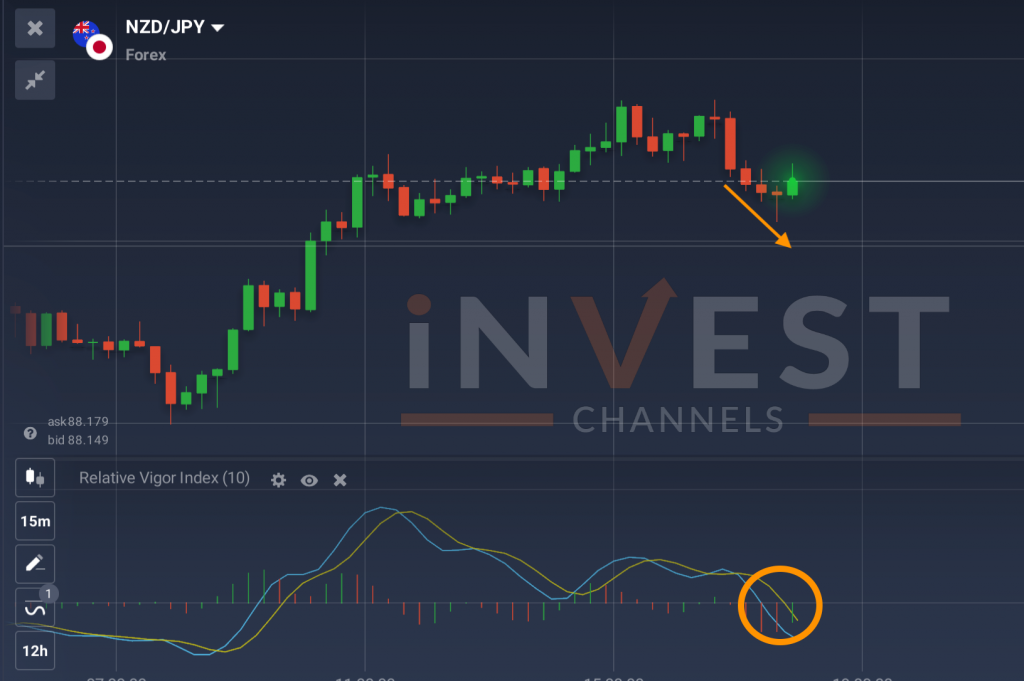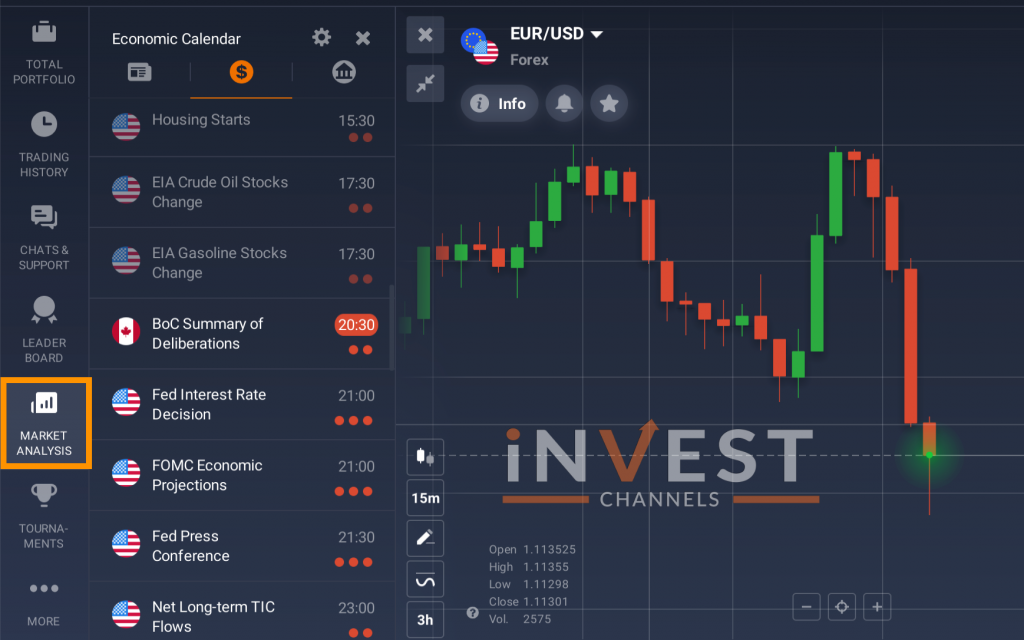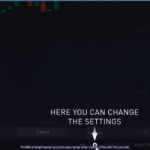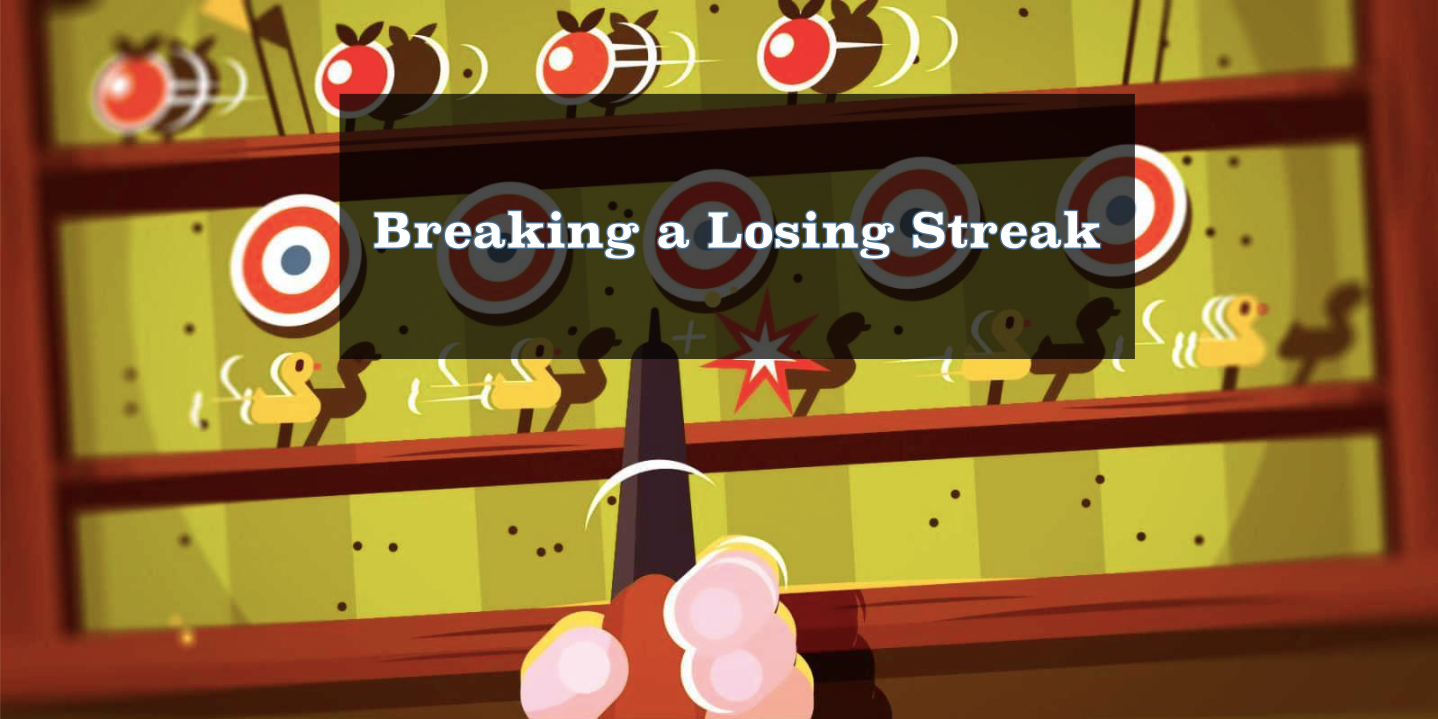Many forex traders focus on rising currency pairs, as opening BUY positions feels more straightforward and often yields good returns. However, choosing to hit that SELL button can also be a strategic move in certain conditions. Understanding short selling in the forex market can help you capitalize on various market trends. Here’s what you need to know about short selling forex assets to make the most out of any market condition.
What is a Short Position in Forex?
Taking a “short” or SELL position in forex trading involves speculating that the asset’s price will decrease. Success depends on the asset moving down, turning a profit on the downward trend. These positions are also called “bearish,” and traders who take them are known as “bears.”
Just like long (BUY) positions, short positions are flexible in quantity—you can open as many as your account balance supports.

When Should You Short Sell in Forex?
The choice to BUY or SELL should depend on asset performance and your trading strategy. Generally, short positions are opened when an asset is predicted to drop soon. The key lies in choosing the best entry and exit points to optimize returns.
Traders may rely on technical or fundamental analysis, or a combination of both, to decide. When short selling, it’s wise to apply risk management tools, such as setting a stop-loss level, to counter potential market volatility.
How to Short Sell Forex on IQ Option
To start short selling on the IQ Option platform, follow these steps:
- Choose a currency pair expected to fall in price.
- Select the investment amount for the trade.
- Enter the trade at the current price.

4. If the price moves down as predicted, close the trade to secure your profit. Tips for Successful Short Selling in Forex

4 tips for successful short selling
Short selling offers a way to profit when the market trends down, though it may take time to master. Here are four tips to improve your short-selling results.
1. Conduct Market Analysis
Performing comprehensive technical and fundamental analysis is crucial before short selling forex. Identify downtrends, resistance levels, and bearish signals on price charts. Indicators like the STARC Bands, Relative Vigor Index (RVI), or Psychological Line can provide insight.

For instance, when the RVI crosses below the zero line, it often signals a bearish trend. You may also want to monitor economic and geopolitical news, as events can influence currency pairs’ performance. The IQ Option platform’s ‘Market Analysis’ section is a good place to track such news without leaving the trade room.

2. Set Realistic Profit Goals
Greed can lead traders to keep short positions open too long, risking profits. Instead, have a profit target in mind and stick to it. However, if unexpected market changes occur, be flexible—sometimes an early exit can safeguard your gains.
3. Use Risk Management Tools
Define your risk tolerance and apply a stop-loss to limit potential losses. A well-placed stop-loss can prevent surprises and secure capital in the event of sudden market shifts.
4. Keep Practicing
Short selling forex, like any trading technique, demands practice and patience. Start small, then gradually increase position sizes as you gain confidence. Maintain a trading journal to record deals, analyze outcomes, and learn from any mistakes.
Ready to try short selling? Visit IQ Option to start exploring the forex market’s full potential, regardless of direction.
Top 5 Trending
"Why do I keep losing money in trading?" This is a question every trader has asked at some point. Experiencing… [Read More]
Trading indices is more than just a financial pursuit; it's both an art and science, demanding attention to detail, a… [Read More]
Forget Tiffany’s—there’s a diamond that traders treasure even more. Diamond chart patterns may not sit on a ring, but they… [Read More]
The Psychological Line (PSY) Indicator is a versatile, oscillator-type trading tool that compares the number of periods with positive price… [Read More]
Have you ever felt like your trading approach could benefit from a little extra energy? That’s where the Relative Vigor… [Read More]











